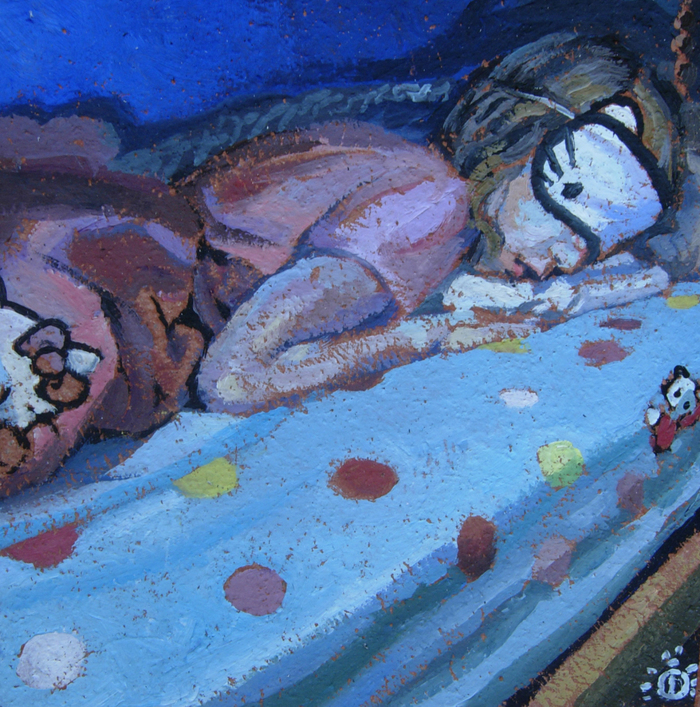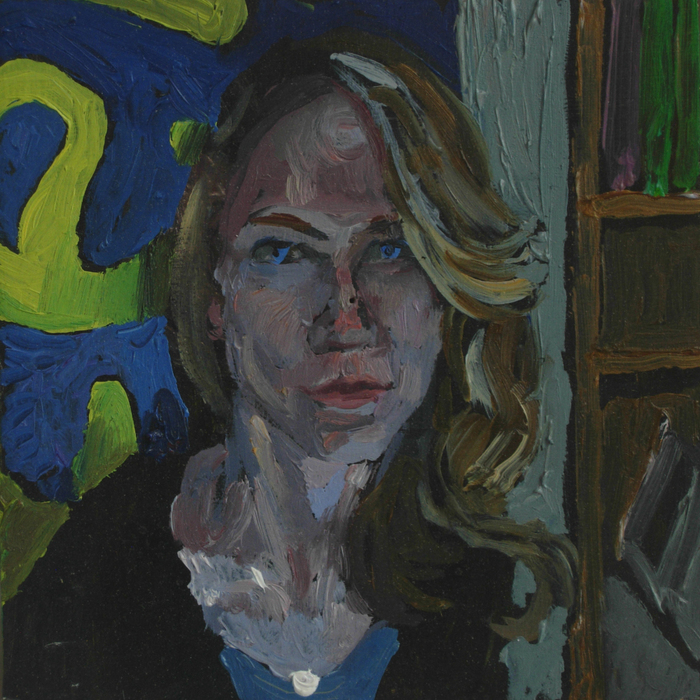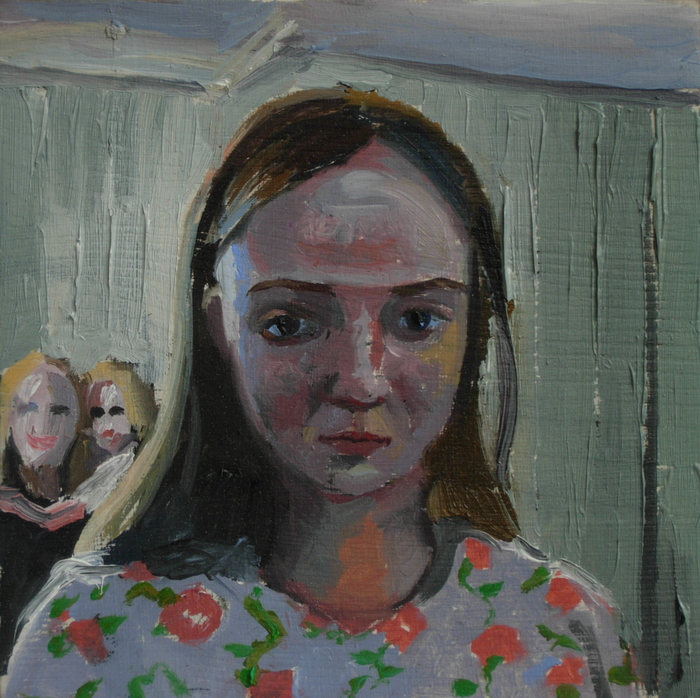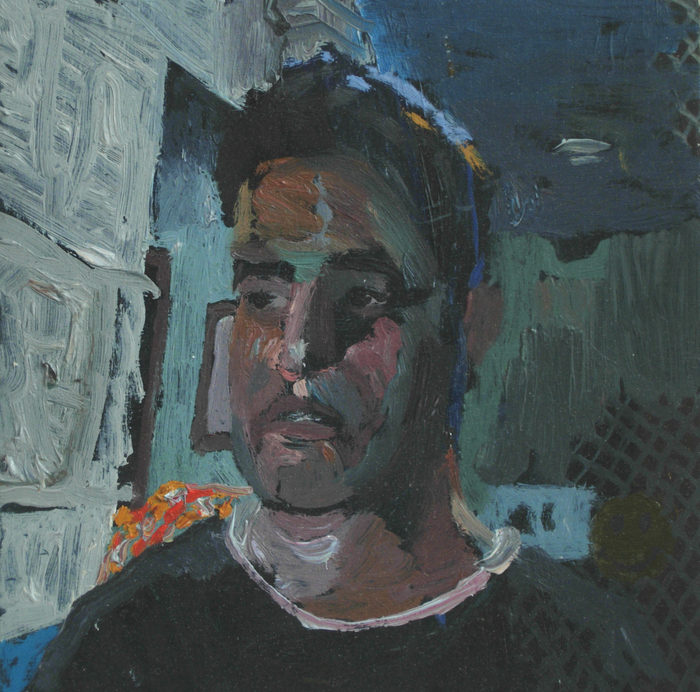Paul Beel On His Skype Portraits
2015-07-23

HP: What inspired you to create a series of portraits over Skype?
Ever since I moved the studio out of the city, its been hard to get friends to come out to sit for me; with the near collapse of the Italian art market in recent years, bringing in paid models became an expense I simply could no longer afford. So for almost two years I had been alone in the studio, working from photographs or doing self portraits, and the absolute solitude of eight hours in the studio was killing me. I thrive when working from life: having the presence of others around when I’m working invigorates me, and while I know most artists can’t stand the idea of being watched while working, I enjoy the sense of having an audience. So skyping began simply as a way to have a live person to work from, even if they were not actually there in the room with me. I’m still spending days alone working on more laborious work, but then at night I turn on Skype and “go to the pub” for a few hours.
Where do you find your Skype models? Do you ever form personal relationships with them?
I go fishing on Facebook to find models. Trolling through my chat window, I ask people if they have skype and 20 minutes to sit. It can get a bit hectic, because with the chat format you’re bouncing from one window to another. Many of the people who sit are already friends, and the models who become serial models become real friends, not just Facebook “friends.” Just like when working from real life, if I don’t develop some sort of rapport with the sitter, I won’t paint them again.

Has moving from the US to Tuscany altered your artistic style or practice?
When I first came to Italy as a student, I was expecting to be inspired by Renaissance art, but I really wasn’t. I was depressed by the overconcentration of it. In Florence there’s such a tremendous weight of art history that it’s overbearing and disorienting (Stendhal even went so far as to coin the experience of visiting Florence as a syndrome). So it wasn’t inspiration from the old masters that changed my work. Before coming here my work mostly progressed logically from point A to B in a straight line, but living in an old city whose streets never cut a right angle, I learned to get where I was going more on instinct. I started experimenting in all directions, making paintings that I never would have tried to make before, and eventually came back to a more realist style, albeit one much more open to major changes along the way. The work became less didactic and perhaps more poetic.
What freedoms or restrictions result from painting through Skype?
The medium of Skype is powerful and also ugly. I have to expect and accept digitized interruptions and blackouts, loss of detail, and lighting situations over which I have little control. But I gain a certain freedom in the ability to have new and unplanned views into peoples homes across the globe. Each of these very quick sittings forces me to make instant improvisations about color and composition, which would never occur in more planned and labored work. Since the medium is ugly and distorted, it frees me to concentrate on only the two important issues: the most basic physical facts of the of the breathing, thinking person on my screen but maybe living in Taiwan, and the human exchange between myself and the sitter.
Another unforeseen benefit of the social network process relates more to artistic survivalism than artistic aesthetic concerns. I’ve never been strong in networking, I don’t make it to many shows and am not extremely adapt at self-introduction and handshaking at social functions. But in doing these quick paintings I’ve found my audience is continually expanding. Usually after I do a portrait on Skype, the sitter is likely to post the photo on their page, and often I’ll have contact and interest from one of their friends. People are on social networks usually because they are somewhat lonely or bored and there’s nothing on TV that night, so a free 20-minute sitting can be unusual entertainment for the evening.


